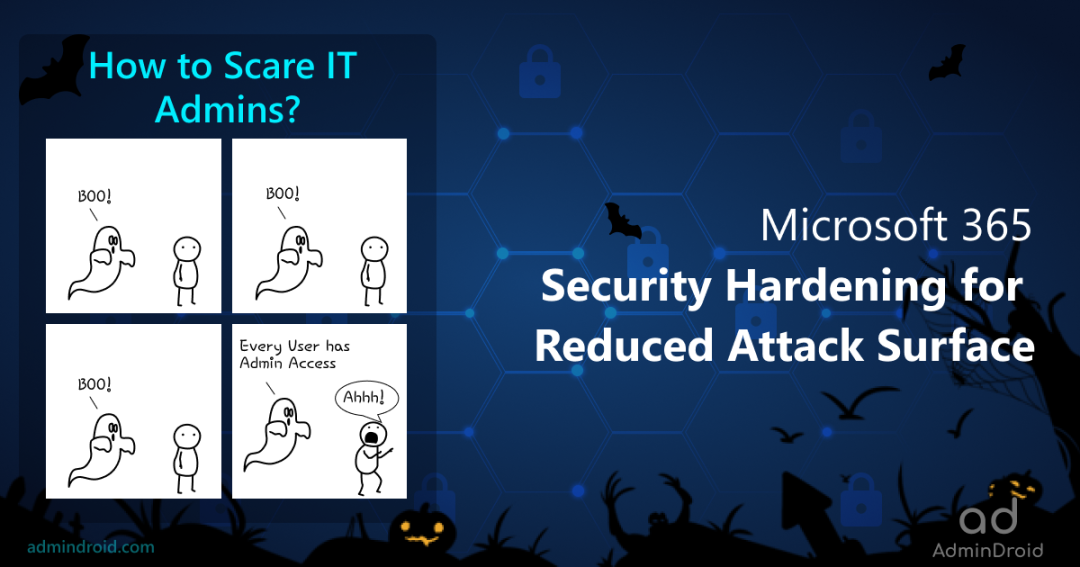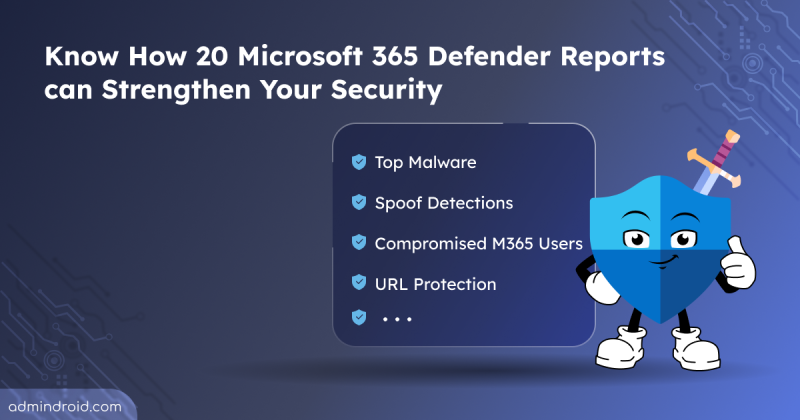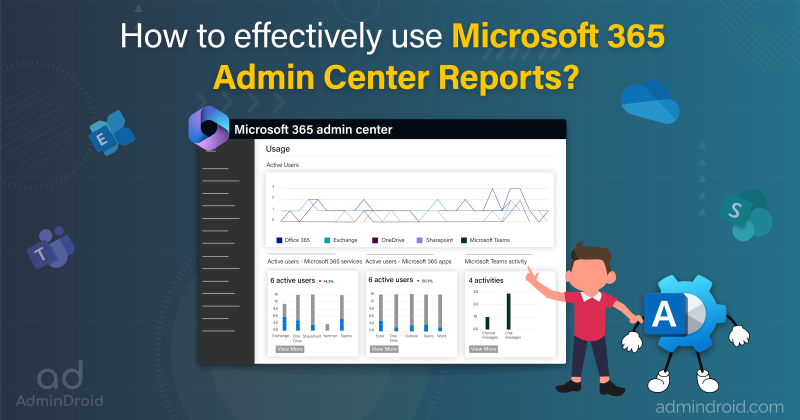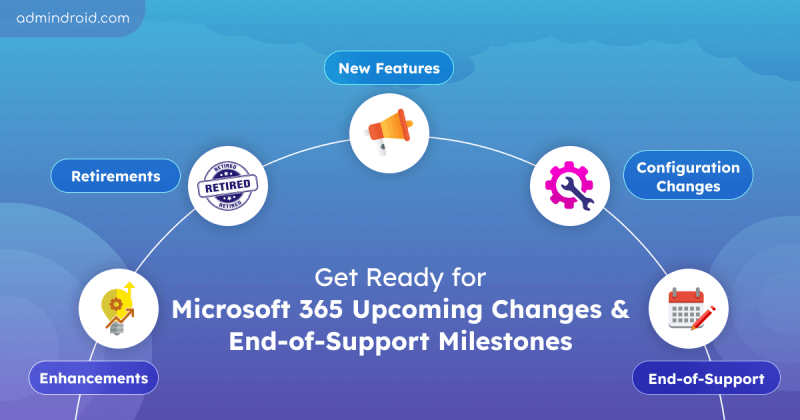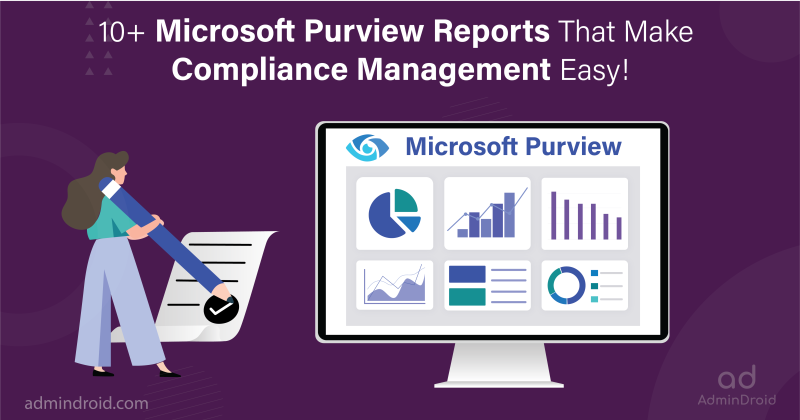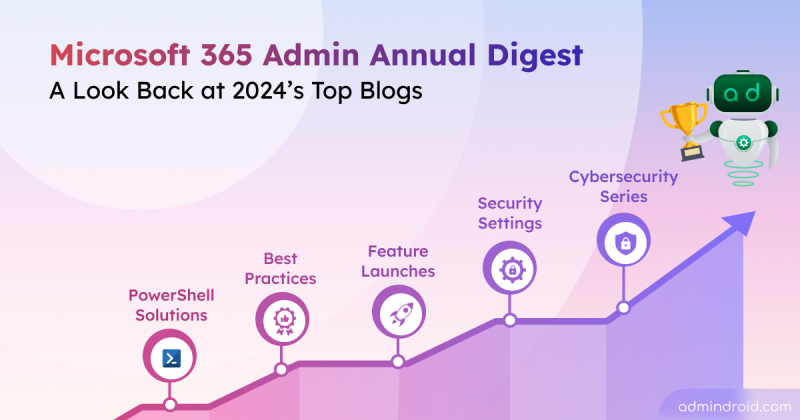Any day is a perfect time to evaluate your security measures in Microsoft 365. 💯Stronger security does not always demand complex solutions—sometimes, it’s the simple, overlooked basics that have the greatest impact!
While advanced solutions are vital, many organizations overlook simple yet powerful settings that can significantly reduce vulnerabilities.
So, we have curated a Microsoft 365 security checklist of essential yet frequently missed security practices.
These actionable steps can help you harden your attack surface while balancing security and productivity. Check it out below, plan wisely, and configure the right security settings to keep your organization secure.🛡️
Most Recognized and Underrated Microsoft 365 Security Practices:
Our main motto is to help Microsoft 365 admins & users defend themselves against various Microsoft 365 vulnerabilities. With that, we’ve picked up many Office 365 security features that are hidden, taken for granted, or left uncared for and presented those Office 365 remediation strategies among organizations.
From the selectively picked ones, a few got noticed by many administrators. Here are some of the best Microsoft 365 security measures, so my fellow admins can benefit from them.
1. Restrict User Access to Azure AD Portal:
💢Are you aware that users can access the Azure AD portal to some extent? Even though having permission may seem like a minimal threat, it’s not what it seems! Hackers can gain all details through any unprivileged user in the organization without much effort. Seems too hazardous, right? So, it is of utmost importance to restrict user access to the Azure AD portal to prevent data exposure.
2. Office 365 Offboarding Best Practices:
In most organizations, new employees are onboarded extensively to ensure they have access to all resources they need. However, this same level of care is lacking when employees are offboarded. And this results in the organization’s confidential data loss, wastage of licenses, etc. Therefore, offboarding employees in Office 365 should be treated more carefully than onboarding employees.
Have you ever thought about this? Don’t panic, if you haven’t! Follow the steps as suggested in this article, retain former employees’ data, and protect your company from data leakage – Office 365 Offboarding Best Practices.
By popular request, we’ve streamlined the process! We’ve created a Microsoft 365 user offboarding PowerShell script that automates over 13 crucial actions needed when an employee leaves the organization.
Download script: M365UserOffboarding.ps1
3. Go Passwordless by Default For All New Users in Microsoft 365:
Think of a passwordless universe for a minute. Done! Doesn’t that sound like a better world without passwords and compromises? But is there any way to make it happen? Yes, we do!
This is totally possible with the Temporary access pass – the game changer! TAP is an MFA security feature, used to onboard strong authentication methods from the scratch, even without registering users for passwords. Discover how you can implement TAP from scratch for a new user here –
Enable Passwordless Authentication with Temporary Access Pass: Gateway to Passwordless Future.
4. Overcome MFA Fatigue Attacks With Advanced MFA Factors:
Even with two-factor authentication, security risks persist in today’s threat landscape. To make the words true, a serious attack has started to arise that bypasses MFA methods and compromises Office 365 environments. MFA fatigue is a technique that exploits human factors to bypass two-step authentication. Several prevention methods exist for these types of attacks are to implement.
- Microsoft 365 Passkeys for passwordless authentication
- Enable Number Matching and MFA Additional Contexts.
And still a lot more Microsoft 365 security hardening guidelines have been included. Get a close look at all the Office 365 security settings suggested by DROIDIANS in a detailed and exhaustive manner below.
A Complete Overall Quick Lookback:
Most of the Office 365 Remediation strategies suggested in this series fall under 3 categories. They are:
- Configure Once and Benefit for the rest – The security features described under this category are highly beneficial. You can just configure it once and get the advantage for the rest.
- Weekly monitoring for better performance – Here we’ve listed the audit reports that have to be kept track of on a daily or weekly basis to ensure and prevent zero-day attacks.
- Streamline a process and have seamless performance – This section contains the security steps & processes that need to be adopted.
Configure Once and Benefit for the rest:
- Restrict Access to Azure AD administration portal.
- Block auto-forwarding to external domain.
- Configure custom banned passwords for Azure AD password protection.
- Glass Break Accounts for emergency login situations.
- Limit External Sharing in SharePoint Online.
- Enable Phishing-Resistant MFA to Implement Stronger MFA Authentication.
- SPF, DKIM, and DMARC to prevent spoofing.
- External Email Tagging in Outlook.
- Manage Priority Accounts in Office 365.
- Prohibit Unmanaged Devices Accessing SharePoint and OneDrive.
- Least Privilege Access.
- Office 365 strong password policy.
- Microsoft 365 Company Branding.
- Continuous access evaluation in Azure AD.
- Configuring Teams Meeting Security.
- Idle Session Timeout.
- End – to – End Encryption for MS Teams Calls.
- SharePoint and OneDrive Integration with Azure AD B2B.
Weekly monitoring for better performance:
- Review App Permissions & Consents in Microsoft 365.
- Manage User Consent to Applications in Microsoft 365.
- Monitoring Azure AD Sign-in Logs and Risky Sign-In Activities.
- Microsoft 365 Alerting.
- Unified Audit Log: A Guide to Track Office 365 Activities.
- Boost up security with Microsoft Secure Score.
- Monitor Mailflow status reports to secure Office 365.
Streamline a process and have seamless performance:
- Office 365 Offboarding Best Practices.
- Respond to Microsoft 365 compromised accounts.
- Microsoft 365 Forensic Investigation.
- Use Free Office 365 Test Tenant to Test New Features and Scripts.
- Temporary Access Pass in Azure AD.
Now, I hope you all are aware of what needs to be noted and what measures you should take to combat the rising cyber threats in Office 365.
The risks are never zero but you can minimize them.
Yes, that’s true! As we cannot completely eliminate the risks posed by our Microsoft 365, it is always possible and easy to create a firewall that stops all threatening behaviors against your organization.
With that, I hope we have assisted you in deploying the necessary security practices within your M365 environment.
Have you rescued all the blockages? If not so, do not delay, get it right now and ensure the security of your Office 365 network!
In cybersecurity, the more systems we secure, the more secure we all are.
-Jeh Johnson
